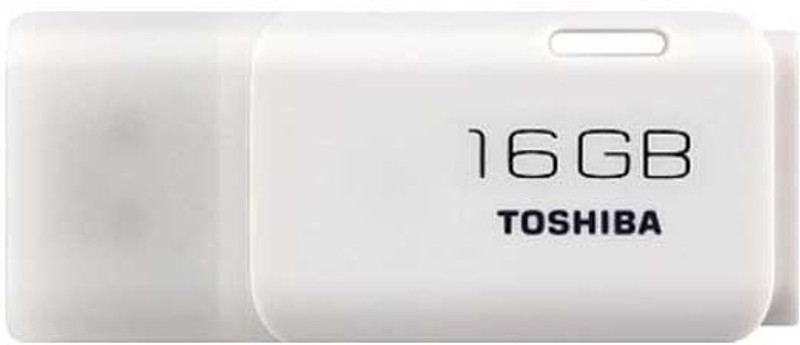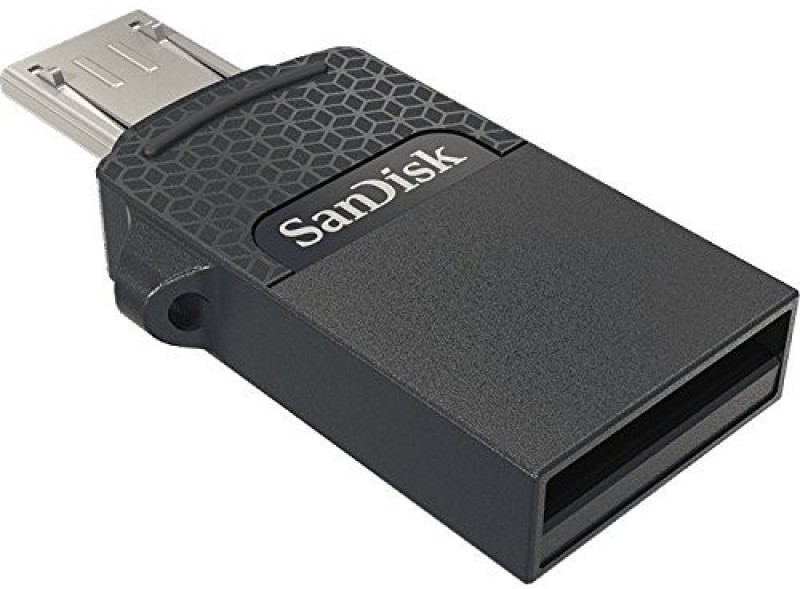Inverter Maintenance: Expensive Truth And Tips; Also, Check Flipkart Deals On V-Guard, LUMINOUS To Livguard

We often forget about our inverter maintenance until the lights go out, and the silence of a power cut screams louder than any alarm. Whether it's a buzzing fan in the summer or a warm heater in winter, the humble inverter quietly holds the fort. But what happens when it's left unattended for just one month? Spoiler alert: it's not just a matter of dust and disuse. A neglected inverter can quickly go from saviour to saboteur, dragging you into a spiral of costly repairs, battery failures, and inconvenient blackouts. In this article, we're peeling back the cover, quite literally, to explore the 8 surprising and expensive consequences of ignoring your inverter for a mere 30 days. And, we also list top Flipkart deals on V-Guard, LUMINOUS, Livguard, Microtek, DELTA and more.
It's not about scare tactics, it's about staying ahead. If you've been guilty of forgetting this quiet companion, here's your wake-up call.
Also Read: How To Choose An Inverter For Your Home: Top 8 Things To Consider
Expensive Truth About Inverter Maintenance: Avoid These Costly Mistakes By Not Neglecting Your Inverter For A Month; Photo Credit: Pinterest
Battery Degradation: The Silent Wallet Drainer
The battery is the heart of your inverter system, and just like any vital organ, it needs consistent care to function. Leave it unchecked for a month and it can quietly degrade, until the day you need backup power and are met with silence instead.
Without regular charging and discharging cycles, battery sulphation begins to set in. In simple terms, it's like a chalky build-up that slowly strangles the battery's performance. The result? Reduced capacity, shortened lifespan, and the need for premature replacement.
A decent inverter battery can cost upwards of ₹10,000. Letting it decay from neglect is like pouring that money down the drain. Worse still, a dead battery during a power cut means discomfort, disruption, and possibly even damage to sensitive appliances.
It doesn't take much, just a monthly maintenance routine of checking water levels, ensuring clean terminals, and running a load test. The battery gives what you give it. Ignore it, and it'll ghost you when you need it most.
Overheating Issues: When Dust Becomes The Enemy
Inverters are not fans of dust. Quite the opposite. A month of neglect can see dust settling over internal components and vents, trapping heat inside the unit. That heat has nowhere to go, and suddenly, your trusty inverter is running hotter than a summer afternoon in Rajasthan.
Overheating is more than just a minor annoyance. It can fry internal circuits, melt wires, and even warp your unit casing. The worst-case scenario? A complete system failure or an electrical fire.
Modern inverters have heat-sensing mechanisms and auto-shutdown features, but these only go so far. Preventing overheating starts with basic upkeep: regular dusting, good ventilation, and not stacking random things on top of the inverter like it's a shelf.
A neglected inverter chokes in silence. A well-kept one hums with health. Sometimes, all it takes is a wipe-down and a quick check to keep your home safe and your unit running smooth.
Loss Of Backup Time: When The Lights Go Out Too Soon
One of the biggest letdowns during a power cut is when your inverter gives up halfway through. You expect three hours of backup, but get barely thirty minutes. The culprit? Neglect.
Inverters rely on accurate battery calibration and optimal charge levels to deliver consistent power. When left unused or poorly maintained, the system starts to misjudge charge status and discharge limits. As a result, your inverter might think it's fully charged when it's not, or worse, drain much faster than it should.
Imagine preparing for a guest dinner during a blackout and having your backup fail right when the biryani needs one last simmer. It's not just frustrating, it disrupts your lifestyle, plans, and peace of mind.
To avoid this embarrassing energy betrayal, make it a monthly habit to simulate a power cut. Let the inverter run for a bit, then recharge. This keeps the battery active, the software in sync, and your confidence in the system high.
Expensive Truth About Inverter Maintenance: Avoid These Costly Mistakes By Not Neglecting Your Inverter For A Month And Check Top Flipkart Deals On V-Guard, LUMINOUS, Livguard, Microtek, DELTA And More; Photo Credit: Pexels
Corrosion And Leaks: The Mess You Didn't See Coming
Most people wouldn't dream of leaving a water purifier or a washing machine unchecked for weeks, yet the inverter, often tucked away in a corner, gets sidelined. And that's where corrosion creeps in.
A month of exposure to humid air, battery acid fumes, or just poor ventilation can lead to oxidised terminals, rusted connectors, and white crystalline residue that eats away at your investment. Left unchecked, this corrosion leads to loose connections, overheating, and potential short circuits.
And let's not forget the leaks. Many lead-acid batteries require distilled water. Without top-ups, they dry out, crack, and sometimes even leak. Acid leaks are not only dangerous but can cause irreversible flooring damage.
A quick visual inspection once a month could save you a pricey electrician visit, a new battery, or worse, a chemical clean-up. Protect your inverter's health, and it will return the favour when you need it.
Unexpected Shutdowns: The Not-So-Funny Surprise
One minute your room is aglow, your laptop's charging, and the next, darkness. The inverter has tripped again. You chalk it up to a fluke, but here's the reality: it's a symptom of months of miscommunication between the system and its components.
Inverters perform best when they're used regularly. When neglected, software glitches and internal sensor misreads become more common. As capacitors age, the battery charge levels become erratic, and voltage regulation suffers.
That leads to sudden shutdowns, not because the power ran out, but because the inverter simply couldn't handle the transition. Imagine being in the middle of a Zoom presentation or halfway through ironing your only wrinkle-free kurta, and boom, the power cuts out.
These glitches often escalate into full-blown malfunctions, requiring diagnostics and sometimes component replacement. Regular use and monthly check-ups help keep the system sharp, aligned, and dependable.
Reduced Appliance Lifespan: Collateral Damage You Didn't Bargain For
When inverters misbehave, your appliances suffer. Spikes, surges, inconsistent voltage, all signs of an unhealthy inverter, can quietly reduce the lifespan of your gadgets.
Refrigerators may run on backup for hours, but if the inverter's voltage isn't stable, the compressor suffers. TVs, routers, fans, they're all sensitive to fluctuations. And guess what happens when they keep receiving unstable current?
They wear out quicker. You may not notice immediately, but over months, the damage adds up. That ₹50,000 smart TV that fizzles out in two years instead of five? Often, the inverter's unstable supply is the unseen villain.
By ignoring inverter health, you're not just risking the unit, you're risking everything it powers. Your home deserves better. So do your electronics.
Expensive Truth About Inverter Maintenance: Avoid These Costly Mistakes By Not Neglecting Your Inverter For A Month And Check Top Flipkart Deals On V-Guard, LUMINOUS, Livguard, Microtek, DELTA And More; Photo Credit: Pexels
Warranty: The Fine Print That Bites Later
Here's something that rarely crosses the mind, until it's too late. That inverter you proudly bought came with a warranty, yes, but it usually has a condition attached: proper maintenance.
Most brands outline maintenance clauses in their warranty documents, assuming users will follow routine care. But if you call customer service with a fried inverter and admit it hasn't been touched in months, guess what? Your warranty claim could be denied.
Even something as minor as corrosion or dried-out batteries can void your claim. And if you've ever tried replacing an inverter out-of-pocket, you know it's not a small expense.
All it takes to stay within the safety net of warranty is basic care. Mark your calendar, set reminders, whatever works. Regular upkeep isn't just good for the inverter. It's good for your wallet, too.
Fire Hazards: When Neglect Turns Into Danger
Let's get real. Inverters deal with electricity, acid, and heat, a recipe that, when mishandled, can turn deadly. Though rare, fires caused by faulty inverters or battery explosions are not unheard of.
Left unchecked, internal wiring can fray, connections can loosen, and leaks can create conductive paths. Add dust and a bit of moisture to the mix, and you've got a genuine fire risk on your hands.
It starts slow, maybe a whiff of something burning, a tiny spark near the terminal, or unexplained warmth around the battery case. Then, one day, it's a full-blown emergency. And it's not just your inverter that's at stake, it's your home, your safety, and your family.
A monthly visual inspection, checking for frayed wires, odd smells, or bloated batteries, can prevent all of this. When it comes to electrical safety, proactive care isn't optional; it's essential.
Products Related To This Article
1. V-Guard Prime 750 Pure Sine Wave Inverter
2. LUMINOUS 800 / 12V Pure Sine Wave Inverter
3. Livguard LGS900i 700VA/12V Pure Sine Wave Inverter
4. Microtek MTKBD11S MTKBD11S Pure Sine Wave Inverter
5. DELTA POWER 400VA SOLAR INVERTER 400VA SOLAR INVERTER Pure Sine Wave Inverter
6. V-Guard Jaadoo 800 Modified Sine Wave Inverter
7. LUMINOUS Hercules 1600 Square Wave Inverter
Inverters may not be glamorous, but they're quietly crucial. Like a loyal friend, they stay out of the spotlight, stepping up only when the world goes dark. But every friend has limits, and your inverter will only take so much neglect before it starts to falter.
From financial burdens to full-blown safety hazards, the cost of ignoring your inverter for even a single month is simply too high. Regular inverter maintenance doesn't need to be complicated. A bit of dusting, a battery check, and a simulated power cut test can go a long way. So the next time you walk past your inverter without a glance, remember this: a few minutes of care can save you thousands, and a whole lot of stress. Don't let convenience turn into carelessness. Your future self and your fully charged devices will thank you.
And if you are in the market for an inverter, do check out our list of top Flipkart deals on V-Guard, LUMINOUS, Livguard, Microtek, DELTA and more.
Disclaimer: The images used in this article are for illustration purpose only. They may not be an exact representation of the products, categories and brands listed in this article.





























